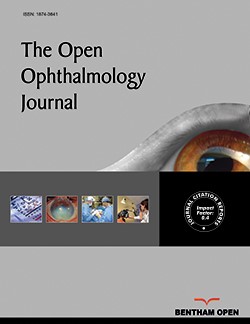All published articles of this journal are available on ScienceDirect.
Evaluating the Effectiveness of Laser Peripheral Iridotomy on Angle-closure Diseases: The Role of Spectral Domain Anterior Segment Optical Coherence Tomography (SD AS-OCT) in Indonesia Tertiary Eye Hospital
Abstract
Background
Laser Peripheral Iridotomy (LPI) is a management approach in primary angle-closure disease by eliminating the presence of a pupillary block. Spectral Domain Anterior Segment Optical Coherence Tomography (SD AS-OCT) can measure the anterior chamber parameters quantitatively.
Objective
To determine the difference in anterior biometric parameters before and after LPI using SD AS-OCT in primary angle closure disease.
Methods
This is an analytical observational study with a cross-sectional method. A total of 22 eyes were included and underwent LPI. The angle opening distance (AOD 500 and 750), trabecular iris space area (TISA 500 and 750), anterior chamber depth (ACD), anterior chamber width (ACW), anterior chamber area (ACA), and lens vault (LV) was measured using SD AS-OCT before and 1 week after LPI. Statistical tests were performed with paired t-test or Wilcoxon's alternative test.
Results
We conducted LPI in 22 eyes with primary angle closure disease (9 eyes Primary Angle Closure Suspect (PACS), 7 eyes Primary Angle Closure (PAC), and 6 eyes Primary Angle-Closure Glaucoma (PACG)). There was a significant decrease of intraocular pressure (p=0.001) and a significant increase of mean values for AOD500, AOD750, TISA500, and TISA750 (p=0.0001) before and 1-week after LPI. The anterior segment showed statistically significant change in ACD, ACW, and ACA before and after LPI (p=0.006, p=0.001, p=0.049; respectively). The changes of LV did not show any statistically significant difference (p=0.770).
Conclusion
There was a significant difference in anterior biometric parameters in angle closure disease. Laser Peripheral Iridotomy could widen the anterior chamber and the angle.


